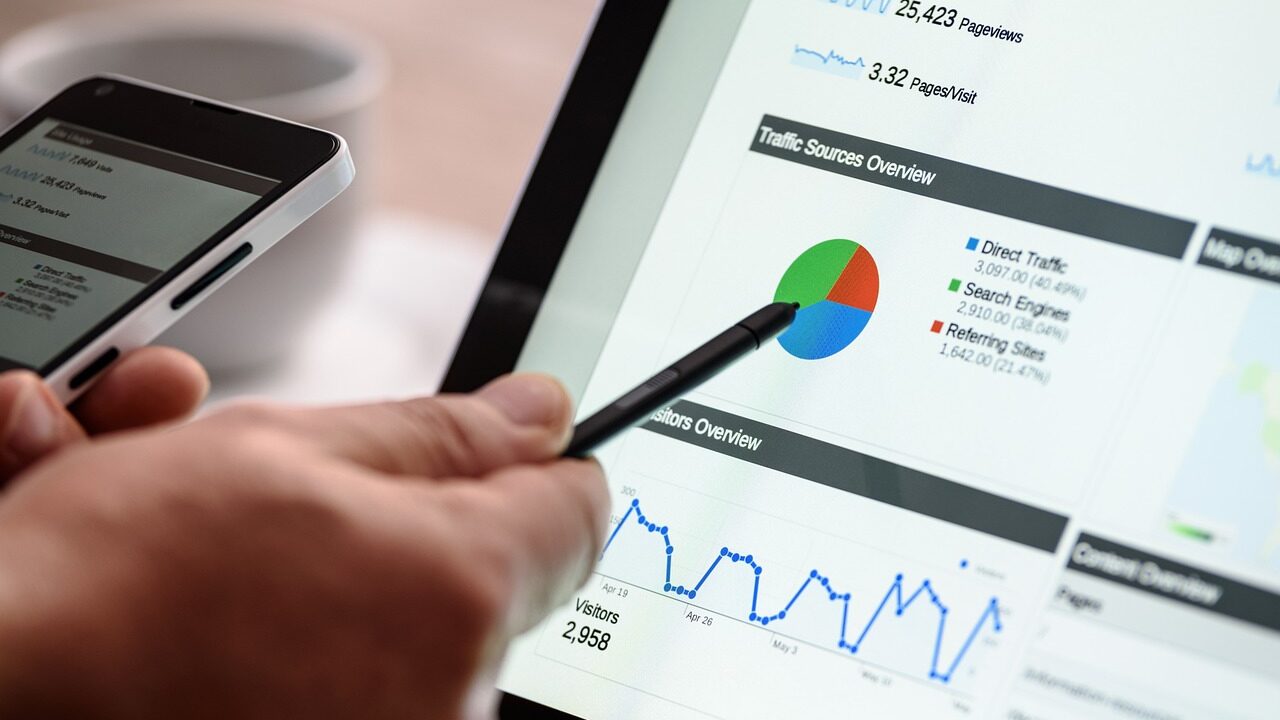Analysis
This is a process of digging into data and information, finding patterns and trends, and understanding cause and effect. The analysis includes the following steps:
1. Set objectives: Clarify the purpose of the analysis. Be clear about what you want to know and what you want to solve.
2. Data Collection: Gather the necessary data and information. It is important to gather data from reliable sources.
3. Data organization: Organize the collected data into a format that is easy to analyze. This includes cleansing and shaping data.
4. Data analysis: Analyze the data using appropriate analytical methods, such as statistical analysis, comparative analysis, and trend analysis. This allows you to extract useful information and patterns from your data.
5. Interpretation of results: Interpret the results of the analysis and understand the findings obtained. Think about what the results mean and how you can use them for the next step.
Summarization
This is a process to communicate the results of the analysis concisely and clearly. The summary includes the following steps:
1. Extract key takeaways: Extract key takeaways and insights from the analysis results. Don't include all the information but focus on the most important points.
2. Logical structure: Organize your main points logically and tell a story. Build a logical flow to a conclusion.
3. Visual representation: Use graphs, charts, and charts to present information in a visually understandable way. This will increase the understanding of the audience.
4. Concise language: Avoid jargon and complex language, and use concise and clear language to explain. It is important to get to the point in an easy-to-understand manner.
5. Conclusions and recommendations: Clearly state the conclusions and recommendations based on the results of the analysis. This includes proposing next steps and specific action plans.
Analysis and summarization are the continuous process for effectively understanding and communicating information. By concisely summarizing the findings from your analysis to the point, you can provide useful information to decision-makers and stakeholders.

